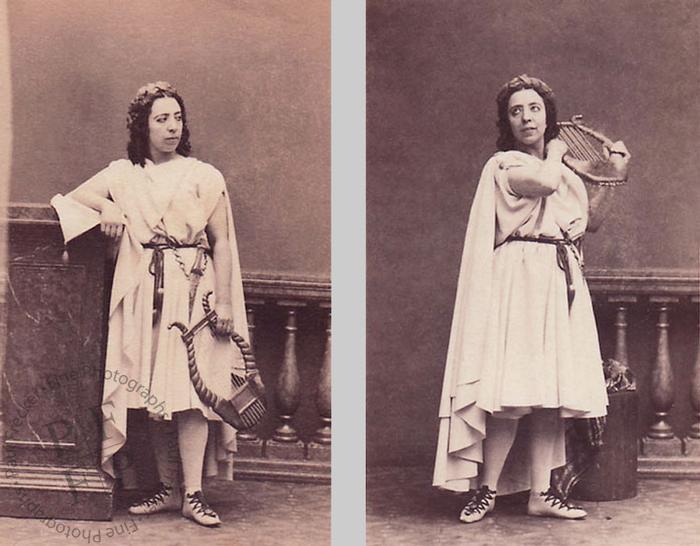Pauline Viardot-Garcia
(1821-1910)
The mezzo-soprano Pauline Garcia was born in Paris on 18 July 1821, to a Spanish family of musicians. Originally trained as a pianist, her father, Manuel Garcia, also gave her singing lessons. After his death in 1832, she was taught by her mother. Her elder sister Maria Malibran was the singer of the family until her untimely death in 1836.
In 1837, at the age of sixteen, Pauline Garcia gave her first concert performance in Brussels. Her opera debut was made at Her Majesty’s Theatre, London in May 1839, as Desdemona in Rossini’s Otello. In 1849 she created Fidès in Le prophète and later, the title role in Gounod's Sapho.
In 1840 she married Louis Viardot, director of the Théâtre Italien in Paris. Her husband later managed her career.
Renowned for her wide range and her dramatic roles on stage, Garcia's performances inspired several composers, including Frederic Chopin, Hector Berlioz and Camille Saint-Saëns.
While she never considered herself a composer, she in fact composed a number of songs herself and also assisted with the writing of music for the roles that were created specifically for her. Later in life, after her retirement from the stage, she wrote an opera, Le dernier sorcier.
Extremely intelligent, she spoke fluent French, Italian, Spanish, English, German and Russian; she also composed songs in a variety of national techniques. Her career took her to all the best musical venues of Europe, and from 1843 to 1846 she was permanently attached to the Opera in St Petersburg. Such was her popularity that writer George Sand made her into the heroine of her 1843 novel Consuelo.
In 1863 Pauline Viardot-Garcia retired from the stage. Due to her husband’s public opposition to Napoléon III, she and her family left France and settled in Baden-Baden. After the fall of the Second Empire, the family returned to France where Pauline taught at the Paris Conservatory, her pupils including Désirée Artôt, Marianne Brandt and Teresa Arkel.
Pauline Viardot-Garcia's died in Paris on 18 May 1910 and was buried in the cemetery at Montmartre.
She is seen here as Orfeo in Gluck's Orfeo ed Eurydice in an adaptation by Hector Berlioz first presented at the Théâtre Lyrique on 18 November 1859.

